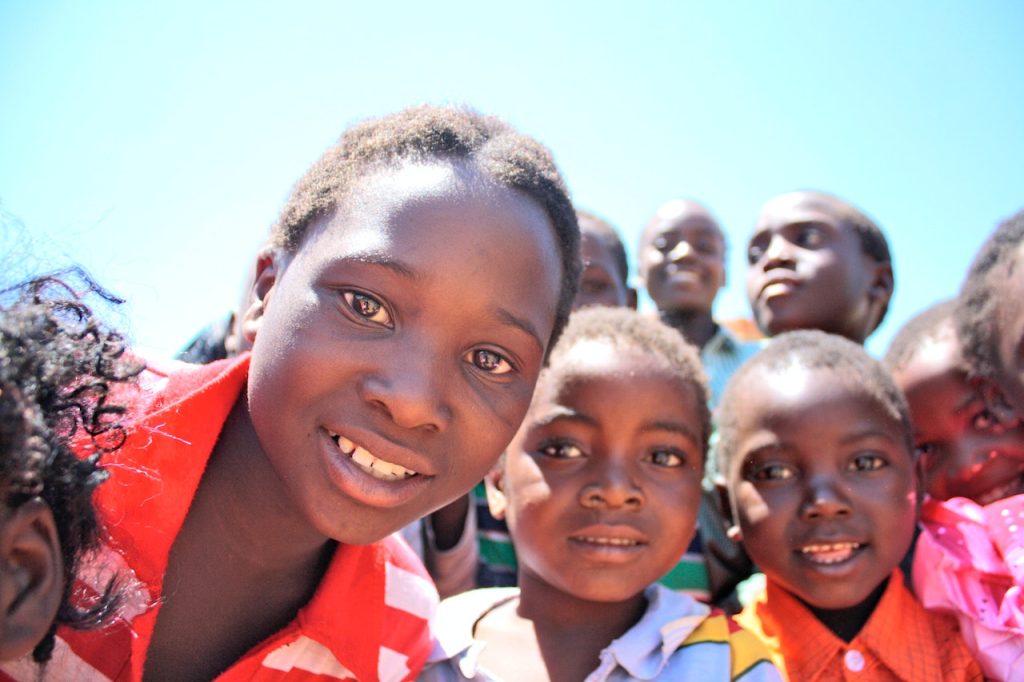By Varda Berenstein
Listen to any political speech in Europe and the West, and you’ll hear over and over again, repeated to the point of cliché: “Our children are the future.” Young people are held up as the great hope for social, cultural, political, and economic development. They will ‘save the planet’. Their energy and motivation will ‘invigorate our public arena’. Their grasp of technologies that the older generations have long abandoned hope of keeping up with will see them ‘innovating in ways we cannot yet conceive’. Yet when it comes to the children of Africa, suddenly the language changes. They are a demographic challenge. A bulge. A burden. A problem to be resolved.
Africa has the world’s youngest population by a distance, with a median age of just 18 and over 40 percent of its population under the age of 15. For comparison’s sake, the median age of Europe is more than twice that, at 42, and a greater share of Europe’s population is over 65 (18 percent) than under 15 (16 percent). In this regard, Africa is a significant statistical outlier. Yet this does not need to be the challenge that doom-mongers insist on. It should embrace this status. It should be viewed as an unparalleled opportunity for the entire continent.
The way to ensure this potential is realized has actually already been set out in the UN’s Sustainable Development Goals (SDGs), and two goals in particular – ‘quality education’ and ‘decent work and economic growth’. The SDGs advise that ‘relevant skills, including technical and vocational skills’ should be provided by any nation harboring serious ambitions to invest in the future of young people. Success in this mission brings with it the promise of a golden age of innovation, economic growth, and political transformation across the continent.
The transformative effect of education on social welfare and economic growth is at once both a painfully obvious truism and an astonishingly overlooked indicator of success. According to UNESCO’s Global Education Monitoring Report, each additional year of schooling that a nation provides for its youth will raise the average annual GDP by 0.37%. An educated society indirectly benefits from lower infant mortality, reduced rural poverty, and increased life expectancy.
Countries with greater access to skills training and an effective public education system will be naturally less susceptible to political instability. There is a greater chance that an educated society will afford more protection to the environment, enshrine human rights in law and develop civic institutions. This is what social scientists refer to as ‘human capital’ – the advancement of a society that invests in skills, health, know-how, and knowledge. Public education is the most valuable and impactful way in which a state can invest in human capital.
So how can this apply to Africa?
Technical and Vocational Education and Training (TVET) programs exist across many countries in Africa and present a viable option for young people, but enrollment generally remains low. Several African nations have taken steps to address this problem with cross-country cooperation. The eight nations comprising the West African Economic and Monetary Union have been sharing the educational content and frameworks of their TVET programs since 2017. This degree of willingness to collaborate will be essential in addressing youth unemployment challenges. TVET programs can help to tackle the increasing gap between education and skills on the one hand, and labor market demands on the other. However, substantial development is needed for these programs to maximize their impact – including greater financial investment and the modernization of content and equipment.
In 2023, technology presents a potential solution to these challenges by offering unprecedented accessibility. The easy use of laptops and mobile devices means that technology can bypass any physical obstacles and infrastructure limitations and offer training on digital platforms. There is an egalitarian philosophy to this approach; that education can become freely available to anyone with the right tools. Technical training in IT skills will also help prepare a young workforce for the rapidly growing digital economy and perhaps even close the global skills gap with nations outside of Africa.
There is no one-size-fits-all solution. Many countries in Africa stand at this crossroads between risk and opportunity, but they must find education solutions that work within their own specific contexts. The tools used to address this challenge will depend on so many local conditions, both economic and political. One thing is certain; with shrewd investment and a targeted effort, this young population is one of Africa’s greatest assets. The continent as a whole can thrive with a population that is composed of people of working age, with the human capital to contribute to a successful economy, driven by programs that promote skills training and policies to encourage the growth of small and medium enterprises.
The nations of Africa must embrace their current demographic trend and invest their resources in the education and development of their youth and create pathways to success. After all, as every Western politician knows – children are the future.
Varda Berenstein is a senior consultant at Mitrelli and an expert in education and vocational training in Africa.
Photo credit: Shelagh Murphy (Pexels.com)

